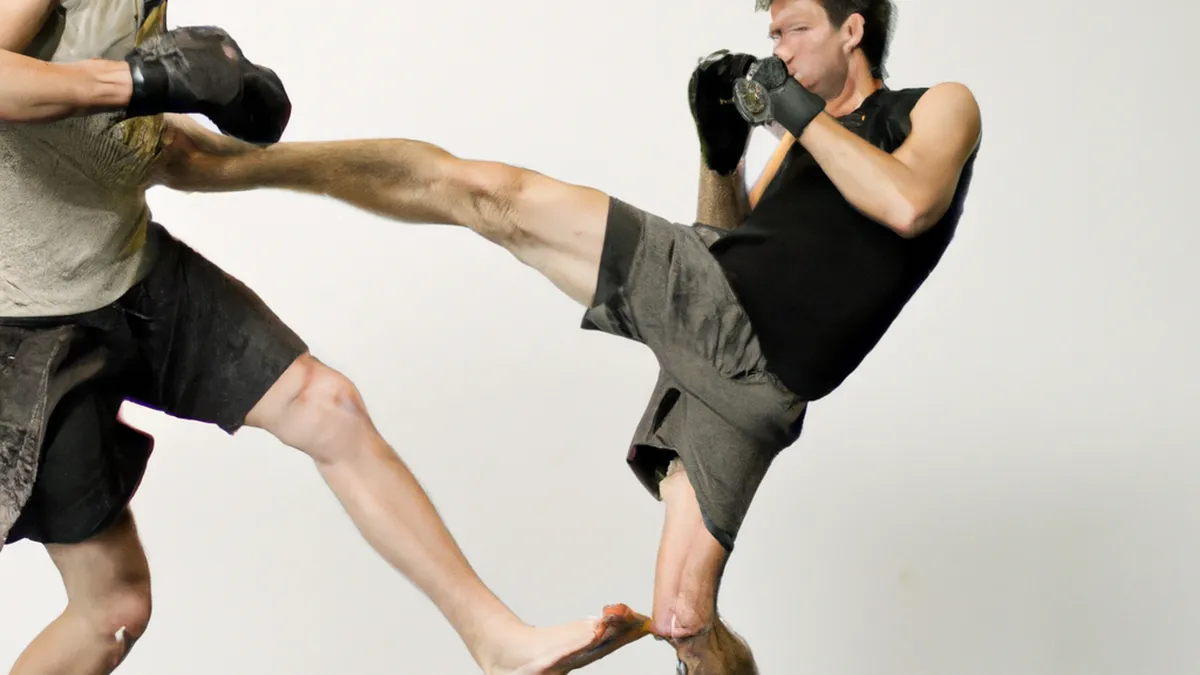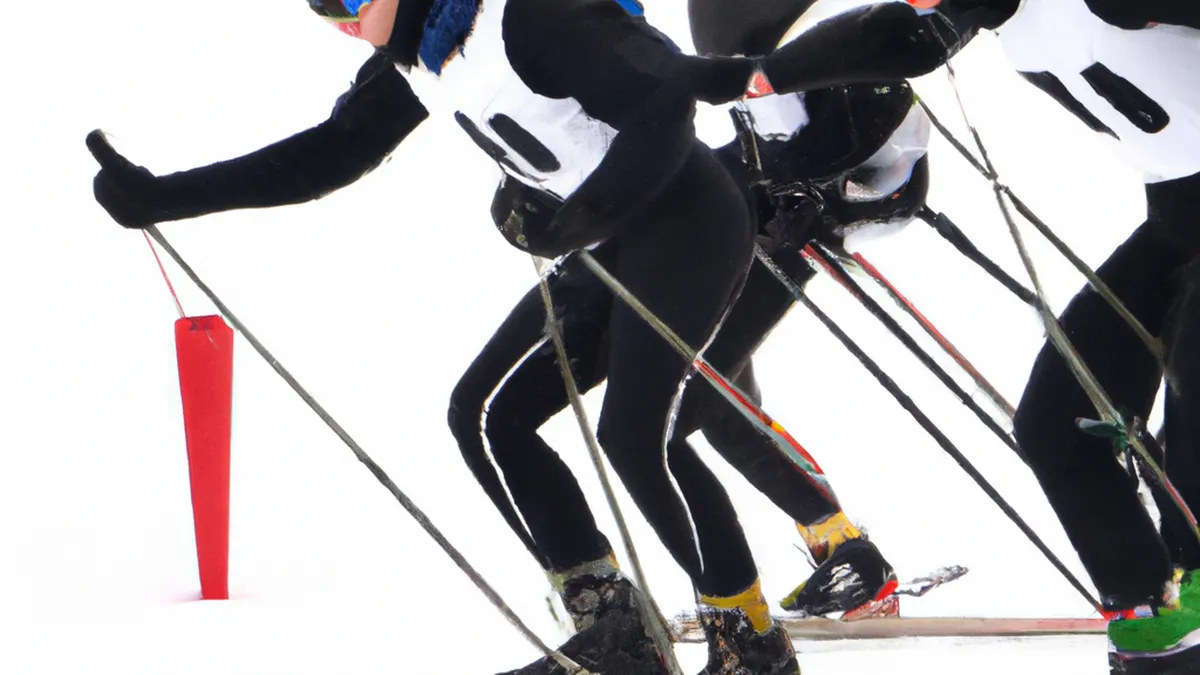Conducting Effective Research on Training Skills
How to Conduct a Research Study on Bodyweight Skills Training
Bodyweight skills training has gained popularity among fitness enthusiasts and athletes. This training uses body weight for resistance, providing benefits like improved strength, flexibility, and balance. Whether you are a professional, researcher, or curious individual, studying bodyweight skills training offers valuable insights. This guide outlines steps to design and execute a research study.
Understanding Bodyweight Skills Training
Before starting your research, understand bodyweight skills training. This training includes various exercises using body weight as resistance. Common exercises include push-ups, pull-ups, squats, and planks. Advanced skills involve handstands, muscle-ups, and mobility training. These exercises require strength, coordination, control, and balance.
In your study, focus on specific skills or methods. For example, explore the effects of a bodyweight regimen on muscle hypertrophy or functional fitness. You could also investigate how different protocols influence skill acquisition for advanced movements.
Designing Your Study
Defining Research Questions
Start by defining your research questions. What aspects of bodyweight skills training interest you? Consider asking:
– How does bodyweight training affect muscle growth compared to traditional weightlifting?
– What impact does a structured bodyweight program have on flexibility and mobility?
– How do training frequencies influence skill acquisition in advanced movements?
After identifying your questions, tailor your study to explore these areas.
Choosing the Study Type
Decide on the study type. Will it be qualitative or quantitative? Qualitative studies use interviews or focus groups for in-depth insights. Quantitative studies rely on numerical data and statistical analysis.
A mixed-methods approach often proves beneficial. Combine quantitative measures of strength and endurance with qualitative feedback from participants about their bodyweight training experiences.
Selecting Participants
After determining the study type, select your participants. Aim for a diverse group to obtain varied results. Consider factors like age, gender, fitness level, and training experience. Random sampling can help eliminate bias and ensure generalizability.
Ensure participants understand the study’s purpose, procedures, and potential risks. Obtain informed consent, especially when working with vulnerable populations or conducting long-term studies.
Creating a Protocol
Draft a clear and detailed protocol for your study’s success.
Conclusion
This guide summarizes key steps for conducting a research study on bodyweight skills training. Follow these steps to gain valuable insights.
Below are related products based on this post:
FAQ
What are bodyweight skills training exercises, and why are they important for research?
Bodyweight skills training exercises use one’s body weight as resistance, including common movements like push-ups, pull-ups, squats, and planks. These exercises are important for research as they provide insights into strength, flexibility, and balance improvements, and allow for the exploration of advanced skills that require coordination and control.
How should I define my research questions when studying bodyweight skills training?
When defining your research questions, consider what specific aspects of bodyweight skills training interest you. Examples include the effects of bodyweight training on muscle growth compared to traditional weightlifting, the impact of structured bodyweight programs on flexibility, and how training frequencies influence skill acquisition in advanced movements.
What factors should I consider when selecting participants for my study?
When selecting participants, aim for a diverse group to ensure varied results. Consider factors such as age, gender, fitness level, and training experience. Additionally, employ random sampling to reduce bias and enhance the generalizability of your findings. It’s also crucial to ensure that participants understand the study’s purpose and procedures and obtain their informed consent.















Post Comment